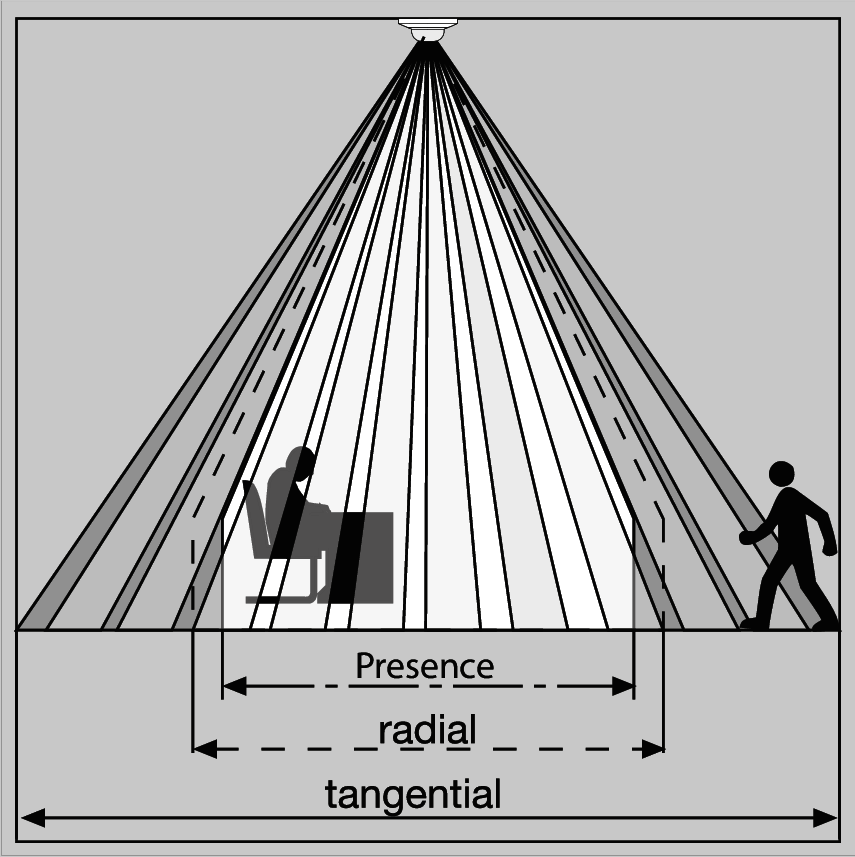
Figure 3.227: The detection range of a passive infrared sensor for presence and motion detection.
In a wide detection range, movement can be detected when it occurs tangentially (across the sensor’s "viewing direction") in a pattern comparable to walking movements.
In a more narrow detection range, radial movements resembling the pattern of walking movements towards the sensor are also detected.
In the presence detection range, small movements (e.g. writing tasks) are also registered.